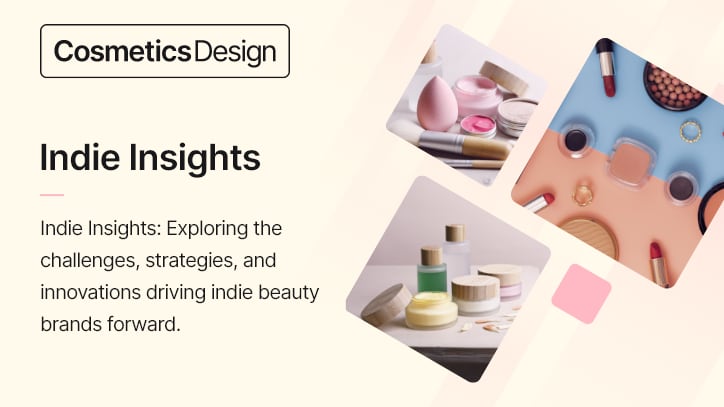The findings suggest that trending barrier-supportive ingredients, such as ceramides or niacinamide, are outperforming traditional actives like retinol in terms of tolerance, satisfaction, and even perceived efficacy.
Skin irritation: a growing liability for beauty brands
Yogi’s analysis of over 100,000 consumer reviews from 2018 to 2025 revealed a complex picture: while sentiment related to efficacy for fine lines and dark spots improved, mentions of irritation and allergic reactions have significantly increased.
“Sensitivity sentiment dropped 77%, and allergy sentiment became 300% more negative,” Sogyel Lhungay, vice president of insights at Yogi, told CosmeticsDesign. While consumers continue to praise visible results, tolerability is increasingly a sticking point, with reviews like “It gave me a terrible [chemical] burn in three places on my face that are still healing from a month and half ago‚” becoming more common, he added.
The Ordinary’s AHA 30% + BHA 2% Peeling Solution saw the steepest sentiment drop, according to Yogi’s analysis, while glycolic acid-based formulations remained more stable.
Barrier-first ingredients lead in satisfaction and skin feel
In contrast, barrier-supportive ingredients, including ceramides, niacinamide, and hydrating agents outperformed across nearly every metric analyzed.
“They had a 0.26 higher overall sentiment score and scored higher in perceived efficacy for fine lines and wrinkles,” Lhungay said. “They also outperformed in sensitivity, feel on skin, and overall satisfaction.”
Reviews frequently describe these products as “soothing,” “gentle,” and ideal for sensitive or compromised skin, he added.
Rather than a wholesale replacement, he noted, the most successful products strike a balance, combining low-dose traditional actives with barrier-supportive elements to maximize results without triggering irritation.
Simplicity reigns supreme in product expectations
Consumer interest in ingredients like beef tallow and lanolin is also part of a broader “back to basics” movement in skin care, Lhungay said.
“This trend isn’t really about tallow or lanolin per se,” he said. “It reflects a broader shift toward formulations that feel safe, familiar, and uncomplicated.”
Many reviews show a rejection of complex ingredient lists and what users describe as “chemical burden.” One reviewer wrote, “Just use tallow and your skin will love you,” Lhungay cited as an example.
Barrier-supportive products also received 18% higher satisfaction scores than those focused solely on wrinkle reduction, and the analysis noted consumers often referenced recovering from “skincare overkill” and embracing minimal, nourishing routines.
Gen Z shifts the narrative
While reviews do not reliably include age data, Yogi’s team noted distinct generational patterns in language and purchasing triggers, particularly among Gen Z.
“Younger consumers aren’t trying to erase signs of aging—they’re trying to prevent them in the first place,” Lhungay said. “This is why they’re drawn to barrier-first ingredients and describe their routines as ‘prejuvenation.’”
Unsurprisingly, he added, ingredient transparency and TikTok influence ranked high. “I saw a derm recommend this on TikTok,” was a frequent refrain, Lhungay said, highlighting Gen Z’s ingredient-focused, platform-driven discovery habits.
Aligning with the ‘Pro-Aging’ movement
Taken together, the data suggests that consumers are actively redefining anti-aging, which is “now being reframed as pro-aging well—supporting the skin’s resilience, rather than fighting against time,” Lhungay said.
Formulators looking ahead, he added, should focus on simplified architectures that combine time-released actives with barrier-reinforcing components, such as peptides, ceramides, and fatty acids.
“The future of anti-aging is not choosing between approaches,” he said. “It’s integrating both efficacy and comfort into a single, coherent product experience.”





